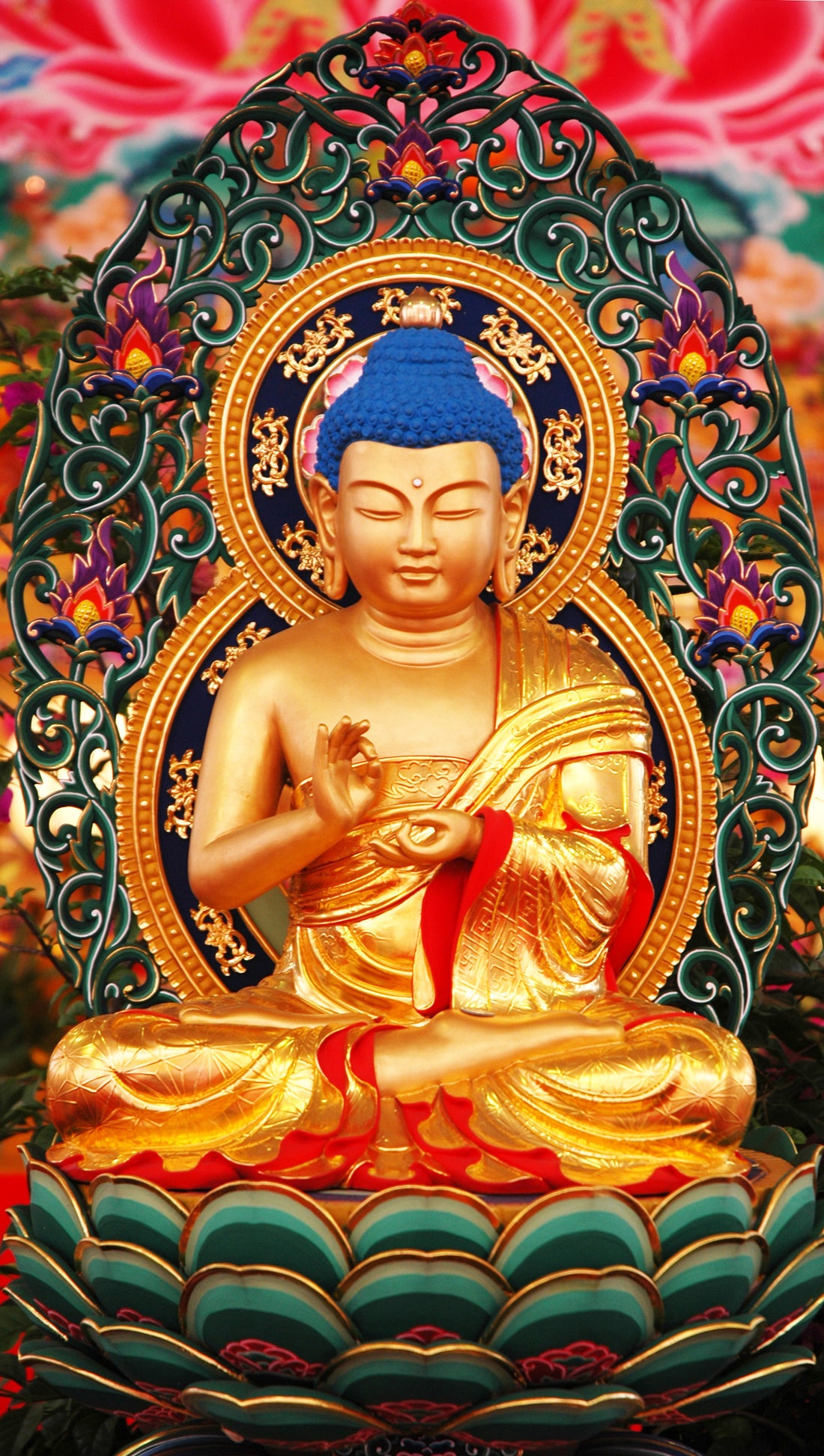History of Theravada Buddhism
Buddhism is divided into 3 primary schools: Vajrayana, Mahayana, and Theravada. The three schools are largely similar and share the same core values originally taught by Gautama Buddha, but were formed out of differing beliefs about how to practice his teachings, particularly monastically, after his death.
Theravada is most prominent in Cambodia, Laos, Myanmar, Sri Lanka, and Thailand, and is the second most commonly practiced of the three main sects. It is considered to be a highly traditional or orthodox sect of Buddhism.
Founded sometime in the 3rd century BCE in modern-day Sri Lanka, Theravada is known as the “Doctrine of the Elders” in Sanskrit, as it claims to be the oldest school of Buddhism and the most true to Gautama Buddha’s teachings (the “dharma”, or “dhamma” to Theravada Buddhists).

Teachings & Beliefs of Theravada Buddhism
The primary teaching of Theravada is that one may only achieve enlightenment (nirvana) through their own efforts and willpower. It relies solely on the actions of the individual to attain enlightenment, without any divine intervention.
This belief in self-liberation transcends all aspects of both lay (upāsaka) and monastic followers’ lives, with moral conduct and meditation being heavily emphasized. Since an individual is responsible for their own awakening, meditation is practiced regularly as a means to concentrate and to gain wisdom. Meditation is cyclical in Theravada: without wisdom one cannot meditate, but without meditation one cannot gain wisdom. Vipassanā is the primary form of meditation practiced by Theravada Buddhists because of its rigorous focus on insight and increasing self-awareness.
As for what guides moral conduct, followers of this Buddhist sect not only adhere to the 5 main precepts of Buddhism, but commonly practice an expanded list of 10 meritorious actions as well. They are as follows:
- Charity (dāna)
- Morality (sīla)
- Mental development (bhāvanā); expanding the mind/ gaining wisdom
- Respect (apacāyana); refers primarily to elders/ superiors
- Helping others to do good (veyyāvacca)
- Sharing of merit (anumodana)
- Rejoicing in the merits of others (pattanumodana)
- Teaching the Dhamma (dhammadesana)
- Listening to the Dhamma (dhammasavana)
- Straightening one's views (ditthujukamma); aligning one’s beliefs with the teachings
Monastic Life
Across all of Buddhism, members of monastic life are part of what is called a “sangha”, composed of male monks and female nuns (bhikkhus and bhikkhunis in Theravada, respectively). They strictly adhere to the Vinaya which contains 227 and 331 rules of conduct for each gender respectively, although in Theravada, bhikkhunis are almost nonexistent today. In Thailand, for example, women are banned from becoming monks. Even in other countries where it is allowed, without any female monks left to ordain new female monks, no new ones can be appointed.
For men, the process of joining the monastery is deeply ritualistic and ceremonial. It involves the traditional head shaving, chanting, and song, and can span multiple days. Boys as young as 7 may join as novice monks but must wait until they are 20 years old to become a true bhikkhu.

Holidays & Celebrations
Theravada Buddhists acknowledge a small handful of holidays and holy days throughout the year, which follow the lunar calendar. Their holidays usually occur annually on the day of the full moon in a given month, rather than a specific date or day of the week. The Theravada New Year, for example, is celebrated on the first full moon in April, unlike most other Buddhists who observe the Chinese New Year.
Other major celebrations include Kathina, which celebrates the end of the monsoon and retreat season (usually falls in October - November), and Vesak, or Buddha Day, on the day of the full moon in May. Buddha Day is often considered the most important holiday to all Buddhists, as it celebrates the great teacher’s birthday. In the Theravada school of belief, Vesak celebrates not only his birth, but also his enlightenment and death as well.


